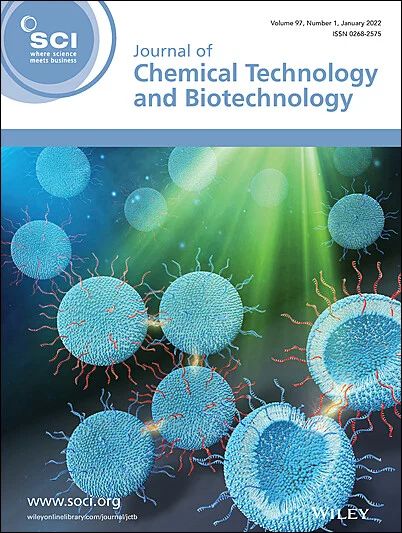Heteropolyacids combined with Y zeolite as superior solid acid catalysts to accelerate lactic acid esterification
Abstract
BACKGROUND
Ethyl lactate produced via esterification between lactic acid and ethanol can be used in plastics, polymers and food industries and renowned for its biodegradability and low toxicity. However, lactic acid self-catalyzed esterification presents a slow reaction process, and acid catalysts are needed to improve the catalysis. Homogeneous acid catalysts like H2SO4 are corrosive, as well as being difficult to be seperated from the reaction media; therefore, advanced heterogeneous catalysts are more ideal. In this study, two kinds of heteropolyacid–zeolite catalysts, involving loading silicotungstic acid and phosphotungstic acid onto Y zeolite, were synthesized, characterized using X-ray diffraction, NH3 temperature-programmed desorption and scanning electron microscopy and analyzed for their catalytic efficiency in the catalytic esterfication.
RESULTS
Results showed that the Keggin structures of heteropolyacids were retained during the preparation process and strong acid sites of Y zeolite were enriched, which made the main contribution to the esterification of lactic acid and ethanol. Furthermore, the initial-stage reaction rate of esterification was significantly enhanced. During the first hour of esterification, the conversion of lactic acid increased from 18% to 65%. Exp Dec1 index model was employed to determine the activation energies of 60HSiW-Y and 60HPW-Y, which exhibit values of 29.3 and 28.2 kJ mol−1, respectively.
CONCLUSION
This study indicates that Keggin structures of heteropolyacids play a key role in the esterification and heteropolyacid–zeolite catalysts can effectively catalyze the esterification. Meanwhile, the results of the kinetic experiments can be of reference significance for large-scale industrial processes involving esterification. © 2024 Society of Chemical Industry (SCI).

 求助内容:
求助内容: 应助结果提醒方式:
应助结果提醒方式:


